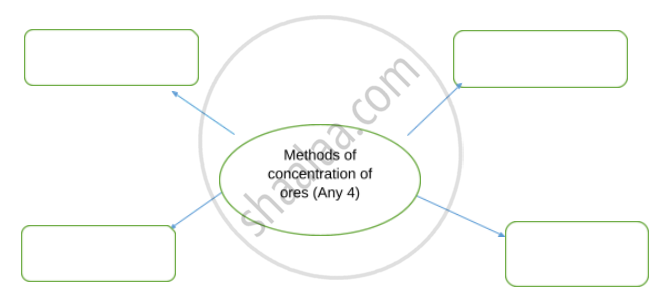Occurrence of Metals:
- Reactive metals (e.g., iron, aluminium, zinc) are found in combined states as oxides, carbonates, sulphides, or nitrates because they readily react with air and water.
- Less reactive metals (e.g., copper) can be found in both combined and free states.
- Unreactive metals (e.g., gold, silver, platinum) exist in their free state, as they do not react with air, water, or other natural elements.
Minerals, Ores, and Gangue:
- Minerals: naturally occurring compounds of metals found in the earth’s crust, often mixed with impurities.
- Ores: Minerals from which metals can be extracted economically. Not all minerals are ores, but all ores are minerals.
- Gangue: unwanted impurities like sand, soil, and rocky substances mixed with ores.

